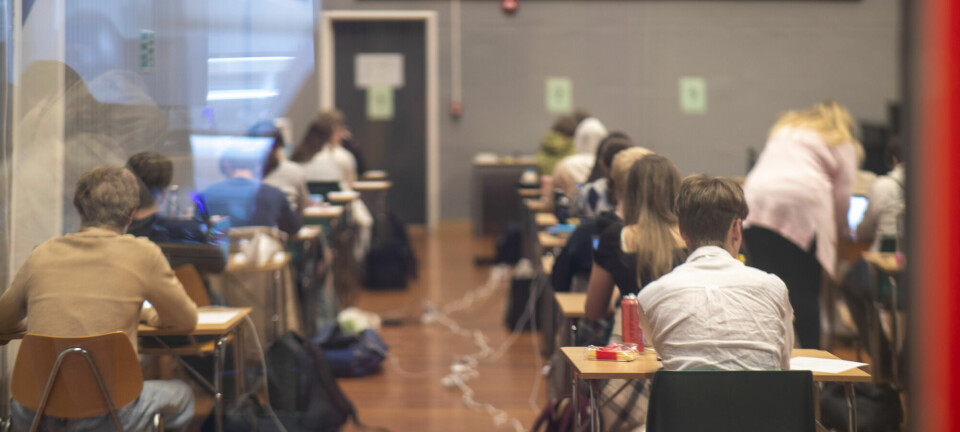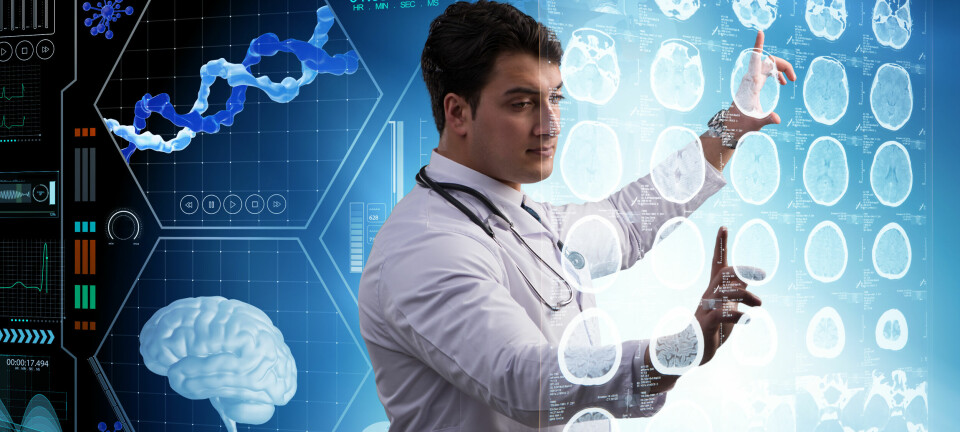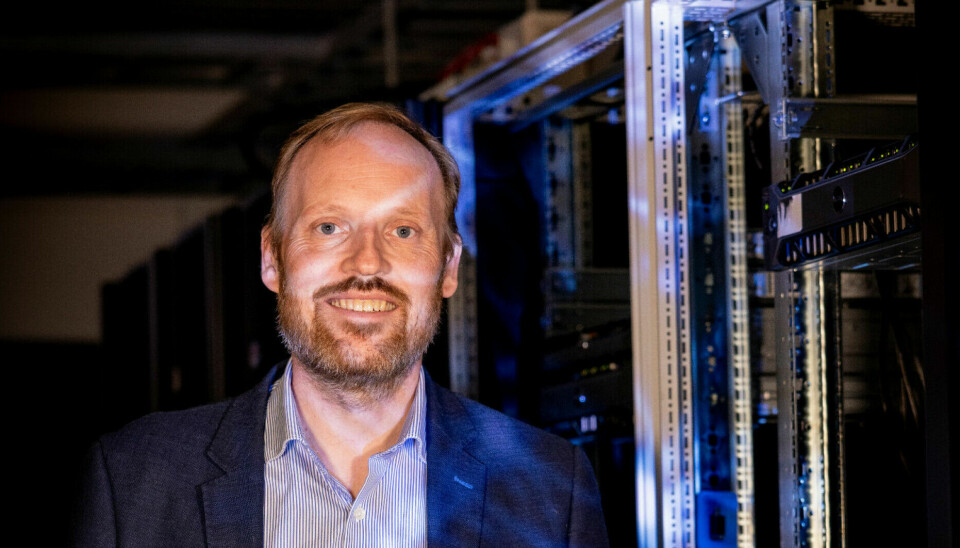
Can a Norwegian invention revolutionise artificial intelligence?
Artificial intelligence is a climate culprit, discriminates, and is difficult to interpret. A method inspired by the ancient Greeks could be the solution.
“There are several challenges with today's artificial intelligence. One is that they’re incomprehensible because they have become so complex,” Ole-Christoffer Granmo tells sciencenorway.no. He is a professor at the University of Agder.
ChatGPT and most other artificial intelligences that have taken the world by storm use the same method. Machine learning in the form of large neural networks.
How these arrive at an answer is almost impossible for a human to understand.
“It lies hidden deep inside the model and spread across thousands of tiny puzzle pieces,” Granmo says.
He invented an alternative in 2018. Now, researchers around the world have jumped on board.
Has created the Tsetlin chip
The invention is called the Tsetlin machine.
If it lives up to its promise, it will be faster, require less computing power, and be gentler on the climate and environment than today's artificial intelligence.
Granmo is collaborating with researchers from the USA, China, India, the Netherlands, and Norway, among others, to test and develop the method.
At the University of Newcastle in England, researchers have even developed a special microchip tailored for the Norwegian invention.
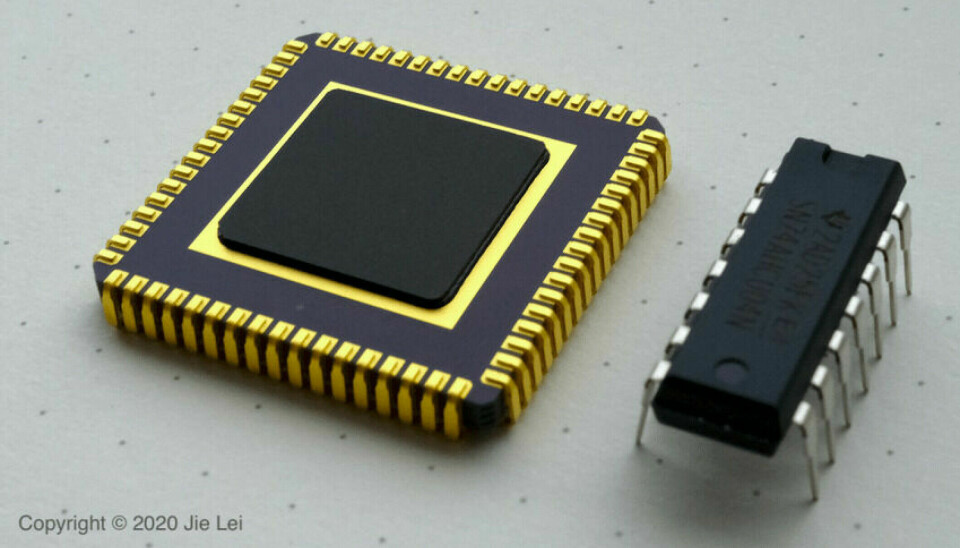
Was inspired by the ancient Greeks
Other researchers believe we can solve the problems without switching to a completely new technology. We will return to that.
But first, let’s try to understand how the Tsetlin machine works.
We have to go far back in time. All the way back to the ancient Greek philosophers.
One of these was Chrysippus. He showed that very simple words can be used to describe how the world works. Words like if, and, or, because, and not.

Take the sentence ‘if it is day, it is light’.
If you now know that ‘ it is day’, then what follows is logical.
Namely, that ‘it is light’.
Creates logical sentences
Propositional calculus, often referred to as statement logic, became its own field. Here, philosophy and mathematics merged. Because what is logical in our language can also be rewritten as formulas.
And when computers made their entrance, the field gained wings to fly on.
Anyone who has dabbled in programming knows that expressions like if, and, or, and not are like the hammer and nail in the toolbox.
The Norwegian invention, the Tsetlin machine, tries to create such logical sentences to understand the world.
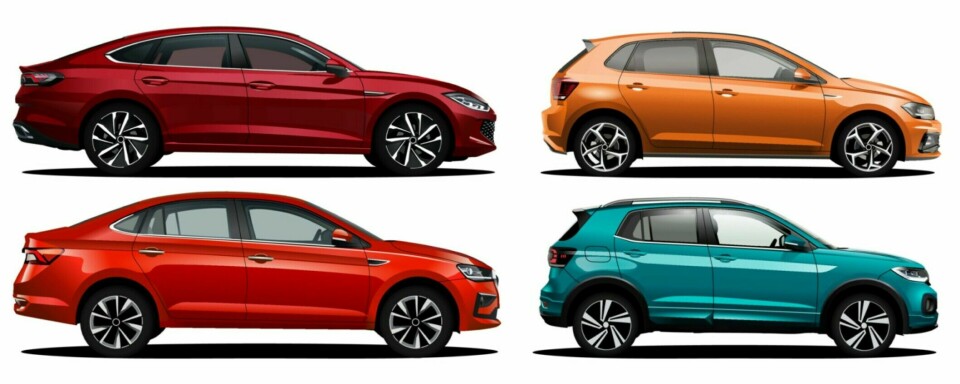
Stumbled upon a method by a Soviet mathematician
But for the artificial intelligence to be able to guess these logical expressions, it needs an engine.
And this is where the Tsetlin name comes in.
The Soviet mathematician Michael Tsetlin invented a method in 1961 that never quite caught on. He called it the rat brain.
But when Granmo stumbled upon the method, he realised it was exactly what he needed.
Thousands of rat brains + logic = Tsetlin machine
The mathematical rat brain of Tsetlin is very simple.
The brain has two options and gets rewards or punishment based on how well it guesses.
Several other researchers have expanded upon the rat brain concept of the Soviet mathematician, but the original was underestimated, according to Granmo.
“No one has seen it as powerful. It’s quite slow. But what many have overlooked is that you can put several of them together,” the professor explains.
By combining thousands of mathematical rat brains and getting them to create logical expressions, the method came into its own.
This is what a Tsetlin machine is.
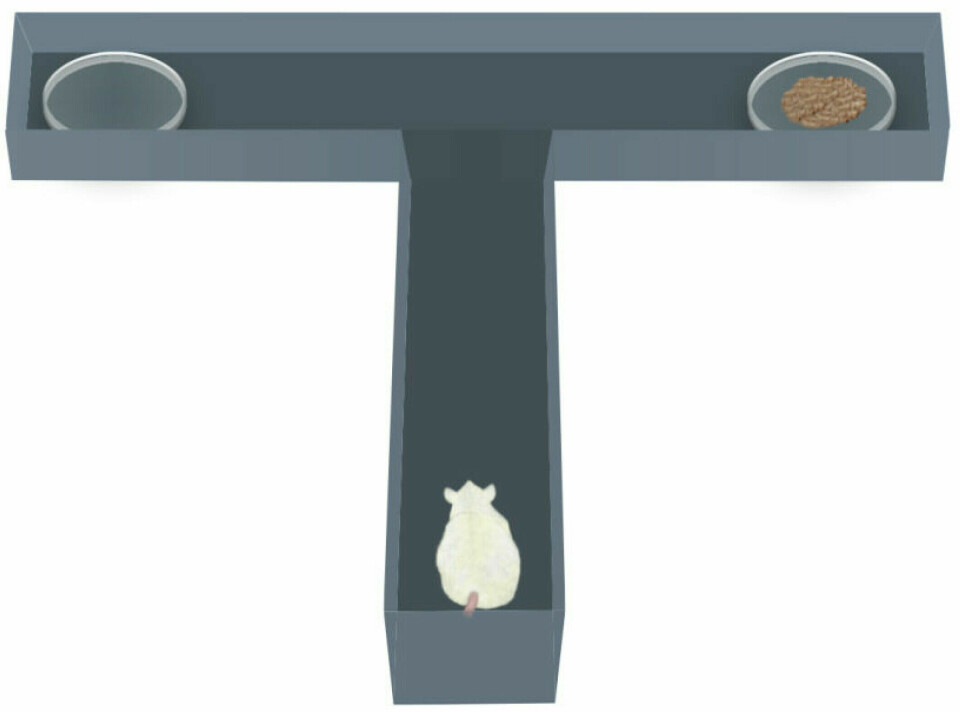
Trying to determine if a car has wings
But being able to interpret the results is just one of the advantages of the invention, according to Granmo.
Another is that the mathematical rat brains work independently of each other.
Imagine a Tsetlin machine trying to learn what a car is.
One rat brain might try to determine whether it is true that a car has four wheels or not. Another might attempt to figure out whether a car has wings or not.
Today's AI is like a huge lump
This contrasts with the neural networks used in today's artificial intelligence.
“Everything is interconnected in a large network, and then it becomes a huge lump that’s difficult to split up,” Granmo says.
This can lead to strange results. An AI trying to figure out what a bird is may not be able to distinguish between the bird and the tree they often sit in.
It will believe that trees or the colour green are part of the concept of a bird.
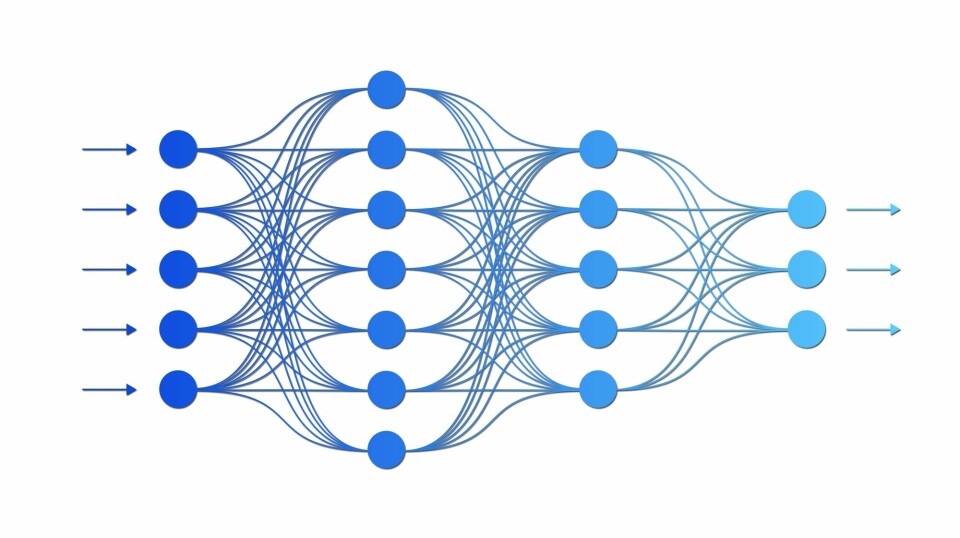
Need to make up for 20-30 years of research
But can a completely new type of artificial intelligence make a breakthrough?
Tsetlin machines perform as well as or better than current artificial intelligence in several instances, according to research Granmo has contributed to.
For instance, it can interpret whether a person has a heart problem from an EKG reading, as shown in a prepint in the arXiv database.
The method can also easily extract information from legal contracts, as demonstrated in a study published as part of a conference on Tsetlin machines.
However, much work remains for this method to truly compete with neural networks and the major technology companies that dominate the industry today.
“Thousands of researchers have worked on improving today's artificial intelligence. We need to catch up with 20–30 years of research,” Granmo says.
Today's AI can be improved
Professor of machine learning at UiT the Arctic University of Norway, Robert Jenssen, also conducts research in artificial intelligence.
He is not particularly familiar with the Tsetlin machine and does not dismiss the possibility that a completely new way of thinking could work.
However, he also believes in improving current methods.
Jenssen uses mammography as an example.
One of the reasons neural networks are burdensome for the climate and the environment is that they train on incredibly large amounts of data.
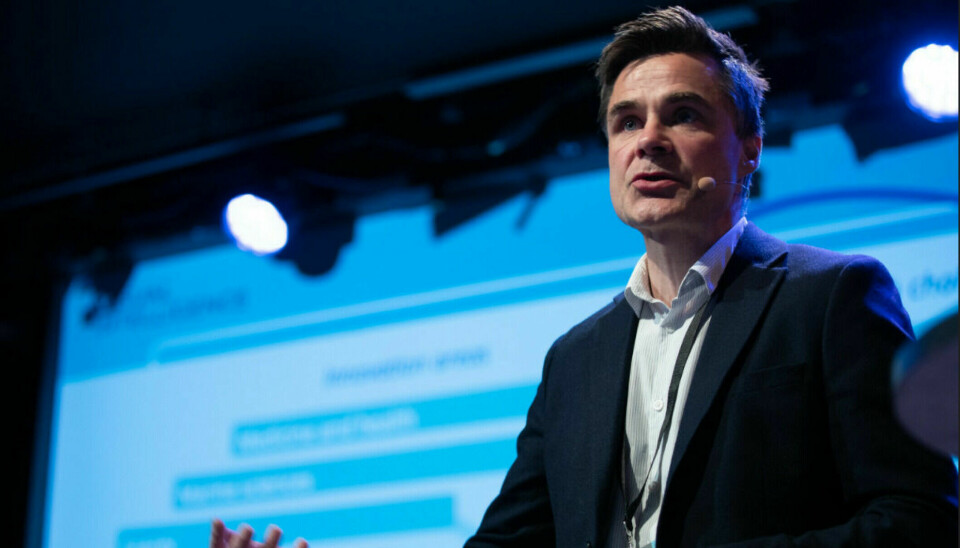
Feeding models with knowledge
But it is possible to provide them with less data. The solution is to feed them knowledge that doctors or other professionals already possess.
“We need to work with those who have the expertise to reduce the amount of data and thereby reduce the footprint,” Jenssen says.
At the research centre Visual Intelligence, which the professor at UiT leads, they have incorporated knowledge about what a breast looks like into the artificial intelligence.
This AI can detect possible breast cancer in mammography images.
A democratic problem
One of the other challenges with current technology can also be solved, according to Jenssen. Namely, that it is difficult to interpret the answers today's artificial intelligence comes up with.
Because it is possible to calculate what the neural networks prioritise, something Jenssen and colleagues also research.
Granmo, who is behind the Tsetlin machine, points out yet another problem with today's artificial intelligence.
Because of how neural networks function, they often amplify what is most common in the data fed into them.
“Artificial intelligence is now very good at understanding the health data from white men but overlooks other groups. This represents a democratic issue, as it results in a system that lacks fairness and perpetuates discrimination,” Granmo says.
———
Translated by Alette Bjordal Gjellesvik
Read the Norwegian version of this article on forskning.no








